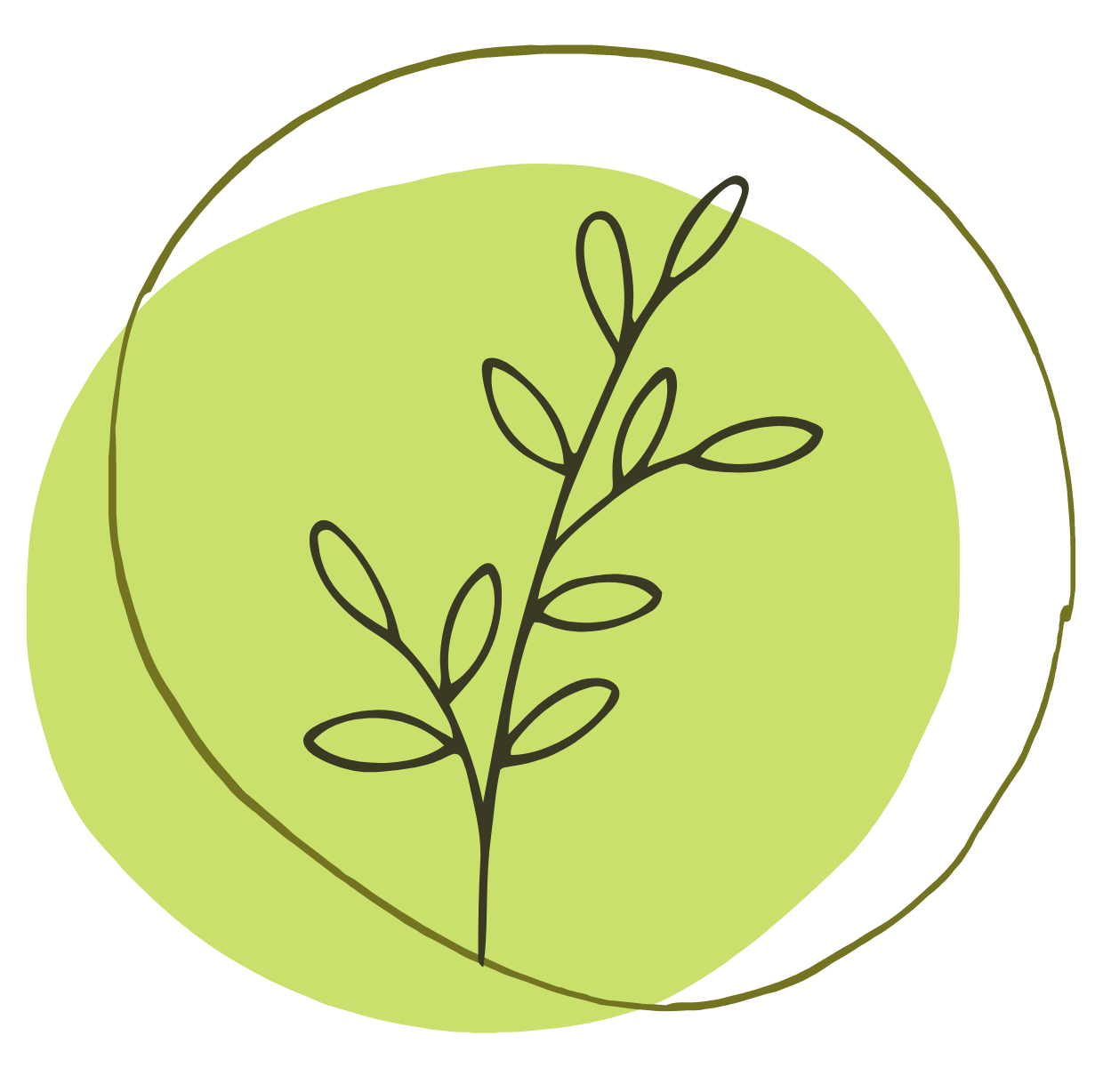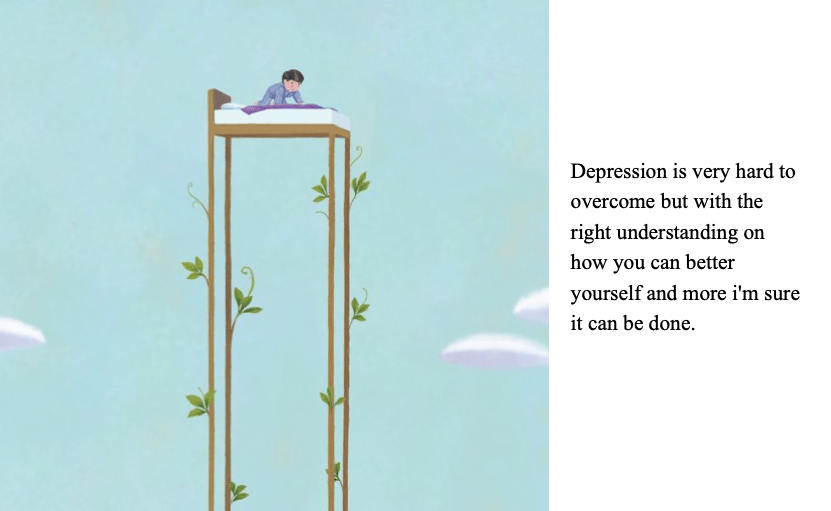A cluttered home can significantly impact mental health by contributing to feelings of stress, anxiety, and overwhelm. When surrounded by clutter, individuals may struggle to focus, experience heightened levels of cortisol (the stress hormone), and feel a sense of disorganization that permeates their daily lives. However, interior design can serve as a powerful therapy tool in combating these challenges. By intentionally organizing and arranging spaces, individuals can create environments that promote calmness, clarity, and emotional well-being. Thoughtful design choices, such as incorporating ample storage solutions, utilizing calming color schemes, and implementing natural elements, can transform a cluttered space into a sanctuary that nurtures mental health. Engaging in the process of interior design not only enhances the aesthetics of a home but also provides a tangible outlet for self-expression and self-care, ultimately fostering a sense of comfort and serenity within one’s living environment.
At a Glance
One of the ways we can improve our mood is by keeping our homes super zen and mental health-friendly. We can accomplish this by being strategic about our home’s color palette, decor, and lighting fixtures. And, keeping our homes free of clutter can keep our stress levels down.
Verywell Mind
Getting Cozy With the Elements of Interior Design
Three important components of interior design include:
- Color: All of the shades/tones in a space.
- Decoration: This can include things like art and decor.
- Lighting: Includes light from lamps, ceilings, and the amount of natural sunlight a room receives
Here are some helpful interior design tips that just may calm your mind:
- If you want to feel more relaxed go with blue.
- Add some green to your home to increase productivity.
- Let the light in, light is our friend.
- Clutter has no home here, get rid of that clutter.
Here is a list of some organizing tips that may be handy:
- Use baskets and trays to keep all of your mail
- Install hooks to hang your keys
- Put bins under your beds to house sheets, comforters, and blankets
- Categorize your toiletries (haircare/beard care, skin care, period products, cosmetics) using drawer dividers
- Put clothes on hangers (you can organize them by clothing type or season)
Embracing interior design offers an opportunity to tailor our surroundings to our unique preferences, making it an ideal avenue for self-expression and self-care. By curating our living spaces to reflect our tastes and personality, we not only create an environment that pleases the eye but also one that uplifts our mood and enhances productivity. Designing a space that resonates with us on a personal level can foster a sense of ownership and pride, motivating us to thrive in our daily endeavors. Therefore, prioritizing interior design as a therapy tool not only beautifies our homes but also contributes to our overall well-being and success.
Heritage Vocabulary:
- 室内设计 (Shìnèi shèjì) – Interior Design
- 焦虑 (Jiāolǜ) – Anxiety
- 舒适 (Shūshì) – Comfort
- 空间 (Kōngjiān) – Space
- 自我表达 (Zìwǒ biǎodá) – Self-expression
Reference: https://www.verywellmind.com/interior-design-as-therapy-tool-anita-yokota-7969476







